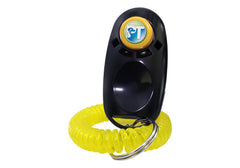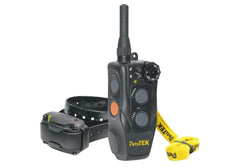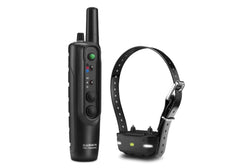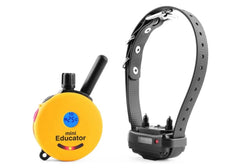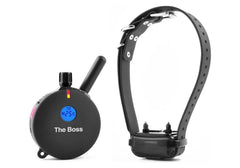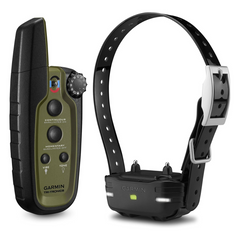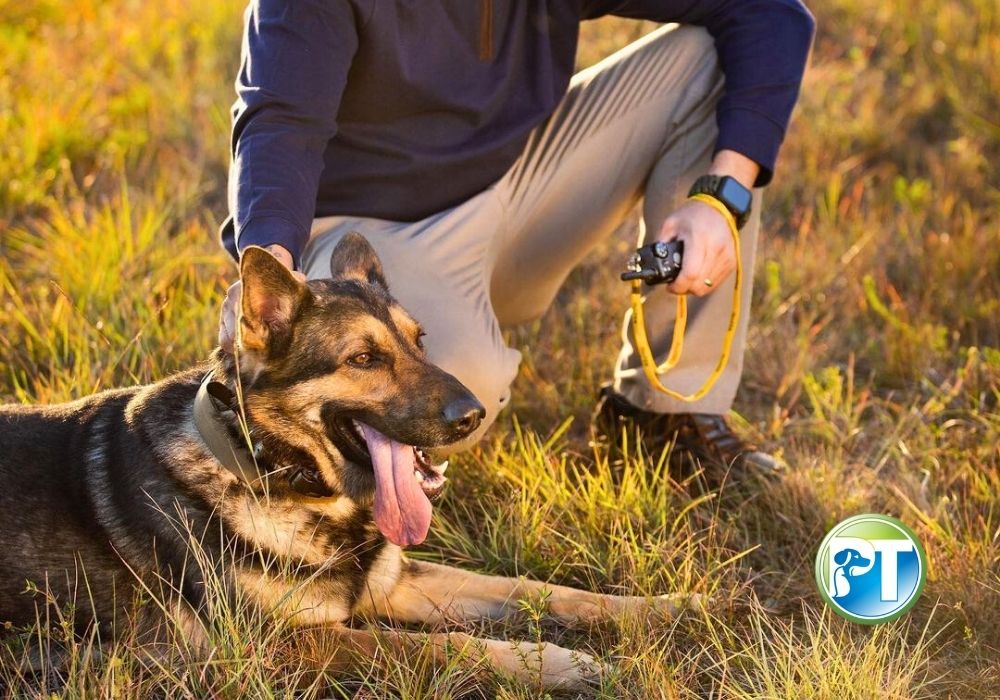How to Teach Recall to Your Dog: Step-by-Step Training Guide
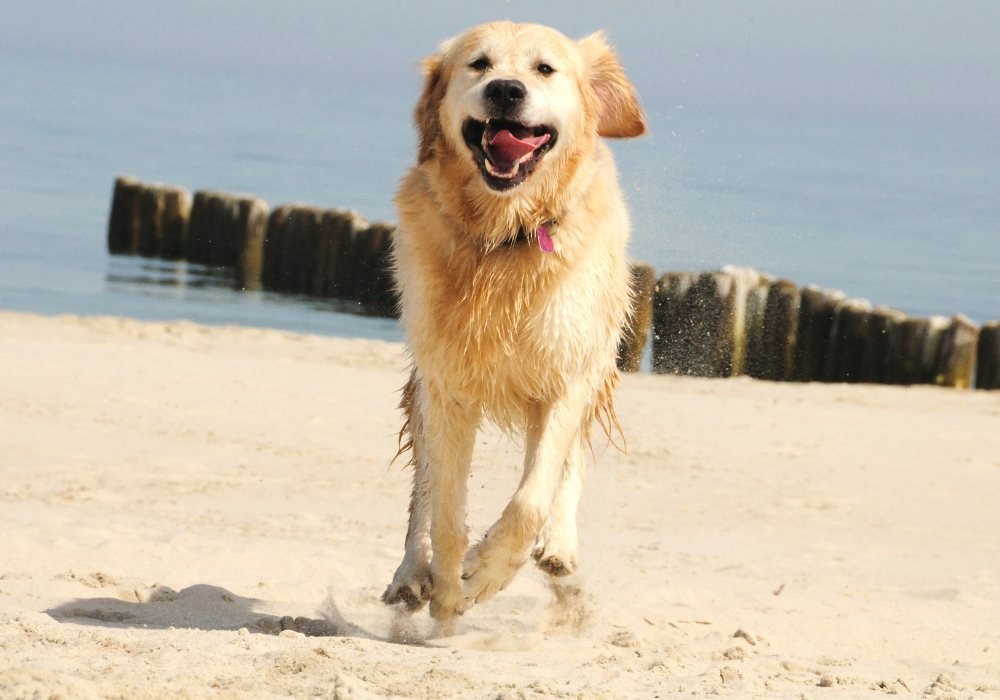
Dogs are naturally curious creatures, wired to chase exciting sights and smells. However, this primal instinct can be a major safety hazard, especially in uncontrolled environments like parks or busy streets. Without a reliable recall, a playful chase after a squirrel can quickly turn into a lost dog and a potential tragedy.
But don’t worry. This blog post is your guide to mastering recall training. We'll equip you with the knowledge and tools you need to transform those frustrating leash struggles into worry-free adventures.
What Is Recall Training?
At its core, recall training is teaching your dog to come when called, anytime, anywhere. It's like having a magic "come back" button. It means more freedom for your dog to sniff and explore off-leash, but you're still in charge. This keeps them safe from dangers like busy streets or chasing after wild animals. For you, it means peace of mind knowing you can control your dog when needed.
How Long Does Recall Training Take?
The journey to a reliable recall can feel like a marathon, not a sprint. The timeframe for success hinges on several factors unique to your dog:
- Age
Puppies, with their eagerness to please and shorter attention spans, often grasp basic recall concepts faster than adult dogs. However, adult dogs can still be trained effectively, it just might require a bit more patience and creativity.
- Breed
Some breeds, like Border Collies or Labrador Retrievers, are naturally more attentive and food-motivated, which can accelerate recall training. Conversely, independent or sighthound breeds may require a more tailored approach with a stronger emphasis on building trust and motivation.
- Focus Level
Dogs with a high prey drive are wired to chase after exciting movements. This intense focus on potential prey can make recall training more challenging. Similarly, dogs easily distracted by sights and smells might prioritize exploring over returning when called.
What Is a Good Recall Word for a Dog?
A good recall word is something that is distinct, easy to remember, and not commonly used in daily conversation. This helps ensure that the command stands out and is associated only with calling your furry friend back to you.
Popular options include "here" or "come." While some use their dog's name followed by a command ("Fido, come!"), it's best to keep the recall word separate for clarity. Whistles or unique sounds can also be effective, especially for long distances, as they stand out from everyday noise.
No matter your choice, always use the same word and pair it with positive reinforcement like treats or praise. This consistency helps your dog understand exactly what "come" means, building a strong foundation for reliable recall.
At What Age Should a Dog Have a Good Recall?
Ideally, you should begin working on recall training as early as possible, even during puppyhood. Puppies are naturally curious and eager to please, making them receptive to learning new behaviors. The sooner you start, the quicker they can build a strong foundation for a reliable recall.
While a perfect recall might take time and practice, a basic understanding of the "come" command in puppyhood can be a lifesaver. It allows for more controlled exploration on walks, preventing them from darting off into dangerous situations.
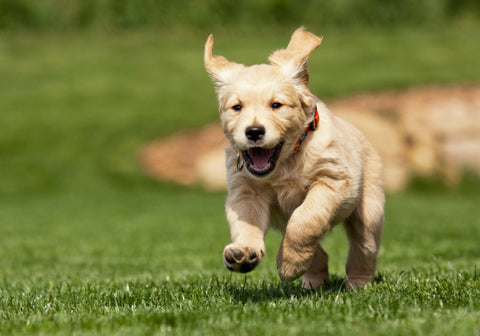
Preparing for Recall Training
Getting ready for recall training means picking the right place, tools, and knowing your dog well.
Choosing the Right Environment
- Start Quiet: Just like most people learn best without distractions, your dog does too! Begin training in calm areas with minimal sights and sounds. Think living room, hallway, or a quiet corner of your backyard.
- Add Challenges: Once your dog masters recall in these calm zones, slowly introduce more distractions. Try quieter park areas or a friend's backyard. This teaches your dog to listen even when it's busy or interesting around them.
Selecting Tools and Rewards
- Treats: Stock up on high-value treats, the tastier the better. The treats should be special and not what they get every day. Think bite-sized pieces of cooked chicken, hot dogs, or cheese.
- Clickers: A clicker can help. Click right when your dog does what you want, then give them a treat. It tells them exactly what they did right.
- Leashes: A leash is like a safety net, especially in the beginning. It allows you to control your dog and prevent them from wandering off before their recall is rock-solid. Start with a short leash in busy places. Use a longer leash or a long line in open, safe areas to practice coming back from far away.
- E-Collars (Optional): For some dogs, remote training collars can be helpful. E-collars can enhance precision in training by allowing you to mark behaviors accurately at the moment they happen. This can be incredibly effective in teaching recall, as it helps your dog understand exactly what action is being rewarded. For instance, after using the e-collar to get your dog's attention, you can reward their return with a treat, reinforcing the behavior.
How to Teach Recall to Your Dog: A Step-by-Step Guide
Recall training helps your dog learn to come back to you. Let's break it down into simple steps:
Step 1: Establishing a Strong "Come" Cue
Before diving into recall training, ensure your dog understands the basic "Come" command. This step establishes a positive association that becomes the backbone of a reliable recall. Use a cheerful voice when you say "Come." This makes your dog want to come to you. Every single time your dog responds and returns to you, reward them with a yummy treat. This positive reinforcement creates a strong connection – "come" equals good things happening.
Start by practicing with short distances in a calm environment. As your dog consistently returns, gradually increase the space between you.
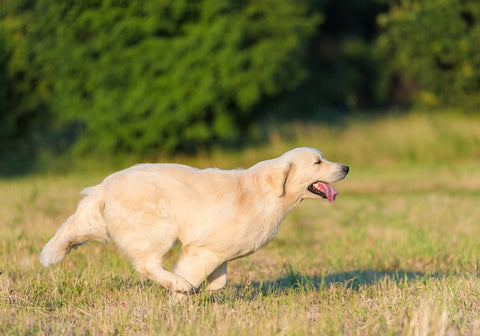
Step 2: Proofing the Cue with Distractions
Add small distractions, like a toy or another person nearby. This helps your dog learn to listen, even when other things are happening. When your dog comes back, despite the distractions, give them a big reward. This tells them they made the right choice.
As your dog masters low-level distractions, gradually introduce more challenging ones, like busier park areas or sights and sounds from the street.

Step 3: The Long Line Practice
This step is for building confidence in open spaces. Attach a long leash to your dog so they can move freely while still being under your control. Let the leash drag on the ground. However, act like the leash isn't there. Call your dog back and give big rewards when they come, simulating an off-leash situation. Do this in a safe place where your dog can't run into trouble.
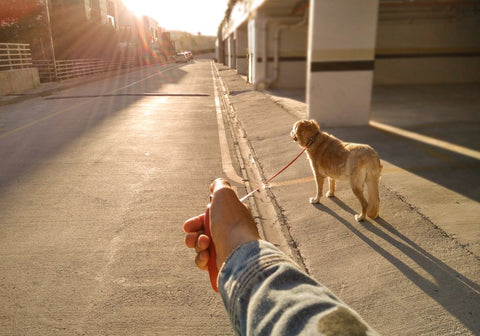
Step 4: Generalization
Practice calling your dog back in various places like the park or a quiet street. This helps them learn to come back no matter where they are. Always finish your training with a successful recall. This leaves a good memory for your dog and makes them more likely to do it again.
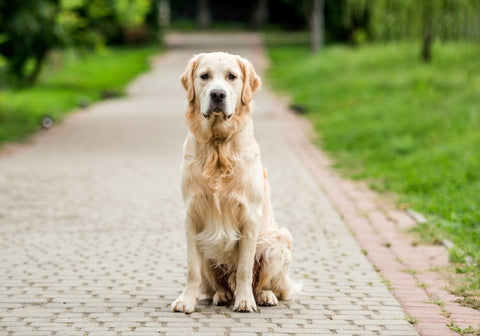
What to Do When Your Dog Ignores Your Recall Command?
If your dog ignores your recall command, stay calm and resist the urge to chase after your dog. Chasing can be misinterpreted as a game, making recall even harder. Try using a more excited voice or try a different word or sound they like. You can also offer them their favorite treat or toy to grab their attention.
Work more on recall training in a place with fewer distractions, using a long leash to control distance. It's important not to scold them when they return, regardless of the delay, to avoid negative associations. Gradually introduce more distractions as their recall improves.
If you're struggling or have a particularly stubborn pup, consider consulting a certified professional dog trainer. They can provide personalized guidance and address any underlying behavioral issues.
Will an E-Collar Help with Recall?
An e-collar can be a supplementary tool for recall training. This allows you to communicate with your dog even when they're far away or too focused on distractions.
Here's how an e collar for dogs can be beneficial for recall:
- Getting Attention at a Distance: E-collars can get your dog's attention quickly, even when distractions are high or your voice can't reach them. This can be helpful for initiating recall when your dog is far away.
- Consistent Communication: The stimulation from an e collar provides a consistent signal across various environments, which can aid in teaching the desired behavior.
- Distance Communication: E-collars are especially useful in large open areas where your dog might wander off far away, and traditional commands might not be effective.
- Safety: In potentially dangerous situations where immediate recall is necessary to prevent harm, an e-collar can be a vital tool.
PetsTEK’s Picks: Best E Collars for Dogs
1. Garmin 01202-00 Pro 550 Remote Training Collar
Features:
- 1-Mile Range
- 21 Levels of Static Stimulation
- Vibration and Tone Settings
- Tri-Tronics® Technology
- Built-in BarkLimiter™
- LED Beacon Lights
- 3-Dog System
The Garmin Pro 550 e-collar is the ultimate training companion for any dog owner. This feature-packed remote trainer offers exceptional versatility, making it ideal for both everyday obedience training and advanced field work.
2. Dogtra 1900S Black Boost & Lock Remote Training Collar
Features:
- 1-Mile Range
- Boost & Lock Feature
- Premium Matte Black Finish
- 127 Levels of Static Stimulation
- High-Performance Non-Stimulation Pager Vibration
- Low to High Power Output
- 1-Dog Model
- For Dogs as Small as 35 Pounds
The Dogtra 1900S Black Boost & Lock is a sleek dog training collar with a premium matte black finish. It has the longest range among the Boost & Lock series, with an impressive reach of up to 1 mile. This shock collar is a must-have training tool for medium to large dogs.
3. Mini Educator ET-300 Remote Training Collar by E-Collar Technologies
Features:
- ½-Mile Range
- 1-100 User-Selectable Levels of Wide Pulse Stimulation
- 1-60 Levels Additional Boost
- Pavlovian Tone and Non-Stimulating Vibration
- Lock and Set Technology
- Ergonomic “Stopwatch” Transmitter
- Expandable to 2-Dog System
- For Dogs 8 Pounds and Larger
The Mini Educator ET-300 is a popular choice among dog owners and trainers. This Educator collar has three color options: yellow, black, and Educator Zen 300. It has 100 levels of static stimulation, Pavlovian tone, and vibration. It also offers a custom boost with up to 60 levels.
4. Boss Educator ET-800 Remote Dog Training Collar Black by E-Collar Technologies
Features:
- 1-Mile Range
- 100 User-Selectable Levels of Static Stimulation
- Nick and Constant Static Stimulation
- Pavlovian Tone
- Non-Stimulating Vibration
- Ergonomic “Stopwatch” Transmitter
- Fully Waterproof
- For Dogs 20 Pounds and Up
The Boss Educator ET-800 is a remote dog training collar perfect for large, stubborn dogs. It has a 1-mile range, Pavlovian tone, and non-stimulating vibration. This e-collar is also expandable, allowing you to train two dogs simultaneously.
5. Garmin 01205-00 Sport PRO Bundle Remote Training CollarFeatures:
- 3/4-Mile Range
- 10 Levels of Continuous/Momentary Stimulation
- Vibration and Tone Settings
- Settable BarkLimiter™ Levels
- LED Beacon Lights
- Long-Lasting Battery Life
- Expandable Up to 3 Dogs
The Garmin Sport PRO is a compact dog training e-collar designed for easy one-handed operation. It features a quick turn dial with 10 stimulation levels, vibration, tone, and beacon lights. It can train up to 3 dogs (extra collars needed) within a 3/4-mile range and has a built-in BarkLimiter for quieter training sessions. This Garmin collar is ergonomic, waterproof, and has a long-lasting battery life.
Final Word
Recall is more than just a command. It's a safety net and a gateway to a world of freedom, exploration, and a deeper bond with your furry best friend.
You might also enjoy...
-
Posted in
Dog Training, Remote Training Collar, Training Tips
